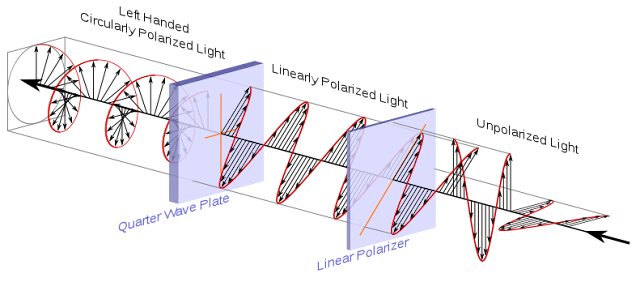 |
| Via Apartment Therapy |
What paint color is frequently left out of consideration as a design solution? For many people black would not cross their mind as a wall color. The common wisdom is that small spaces need to be painted light colors so they don't feel claustrophobic. But frankly a small white, pastel, or beige room can get boring. Black is associated with mystery, the unknown, power and even death. So maybe we just need a little black inspiration.
 |
| Via Apartment Therapy |
These well lit spaces take on a sophisticated air with black walls. For those people who like a room full of colorful objects and furniture, black walls can be a centering base. Black works visually to accentuate each color it touches. The black also does great things for art, which glows on black walls.
 |
| Via Blackbird Ideas |
Black chalkboard paint is also a fantastic option for the adventurous painter. With these walls you could change the decor with the bit of drawing. So will you consider black for your home?
- Emily Eifler, Writer, Colour Studio
- Jill Pilaroscia, Principal, Colour Studio
- Jill Pilaroscia, Principal, Colour Studio




